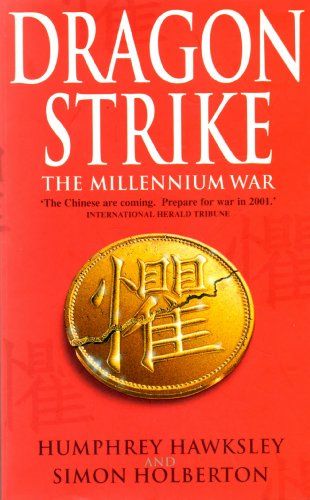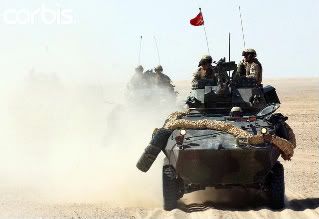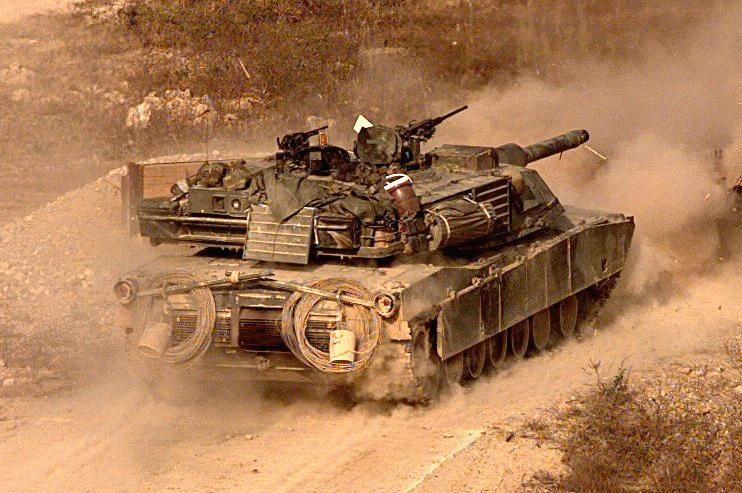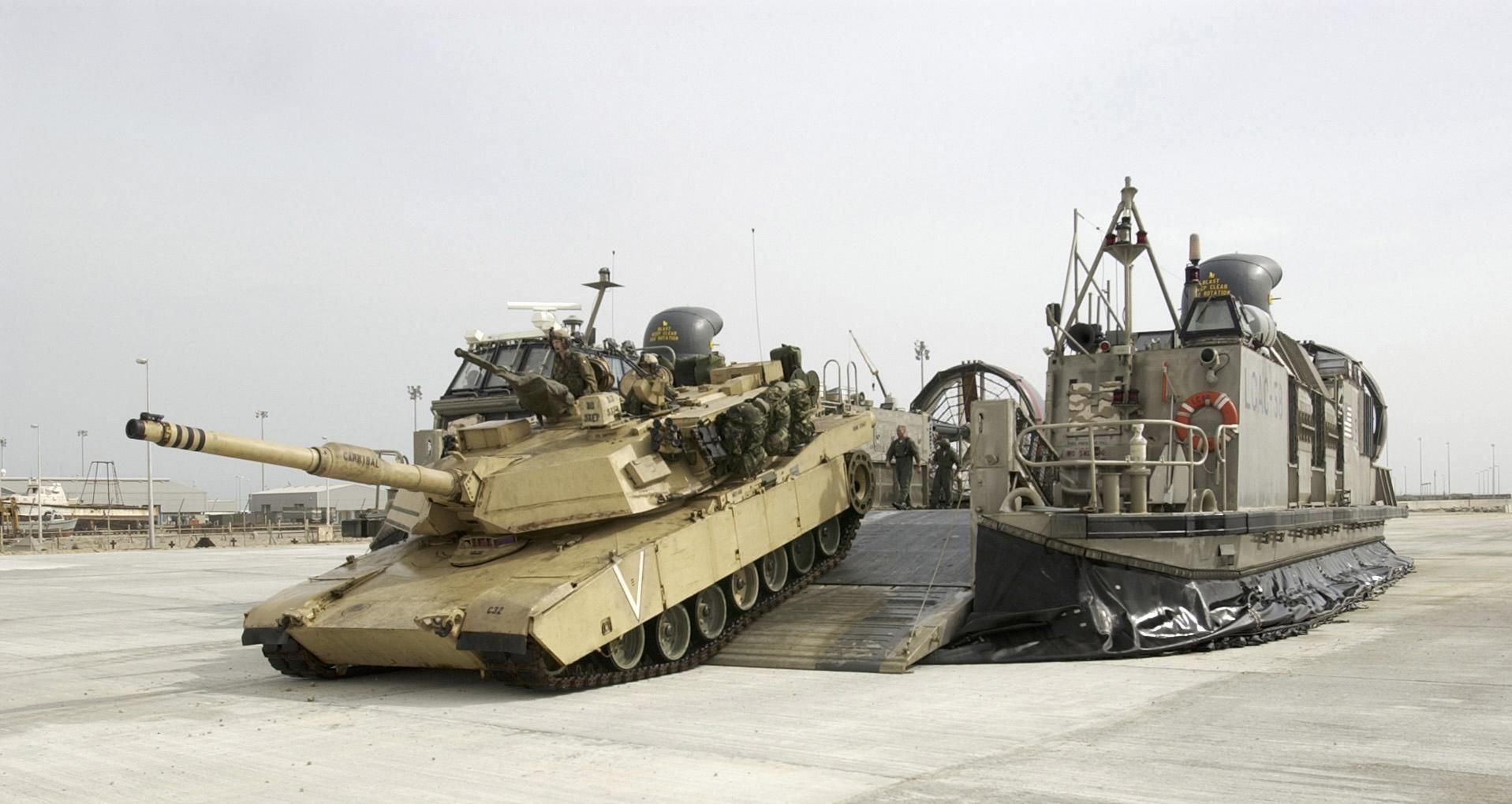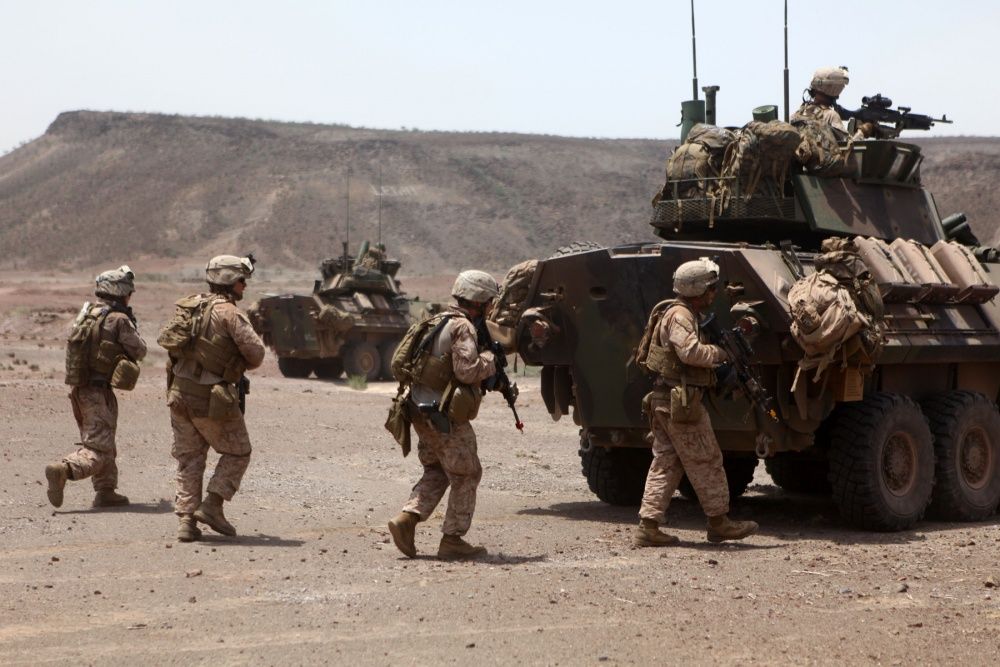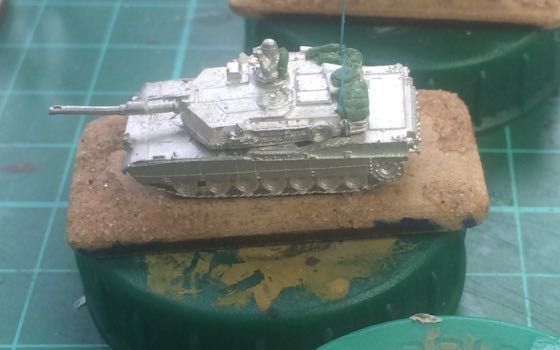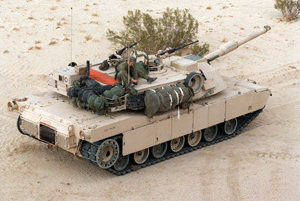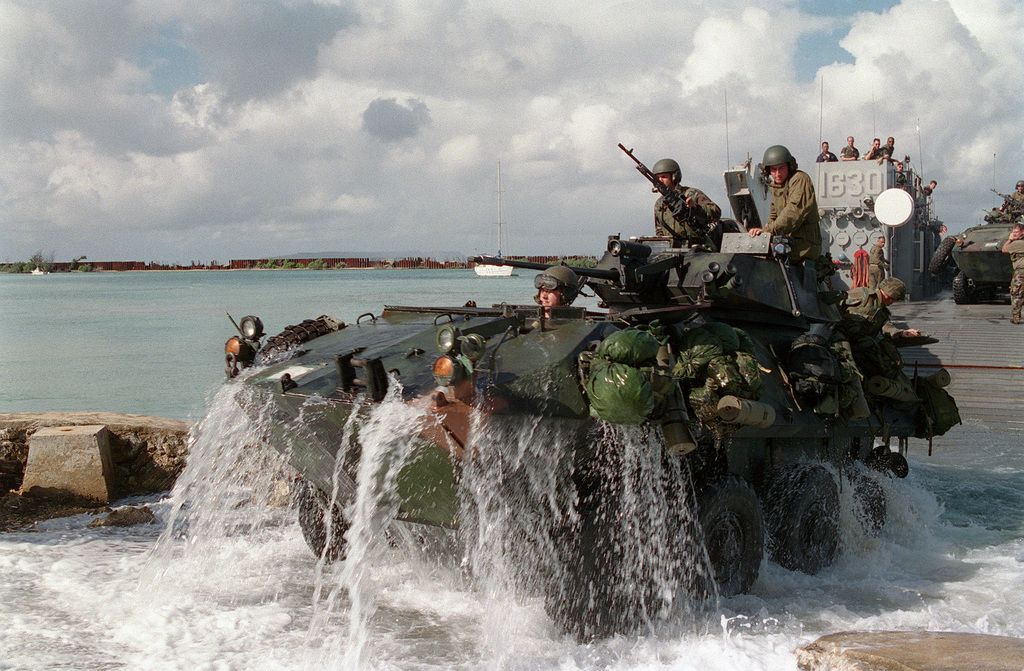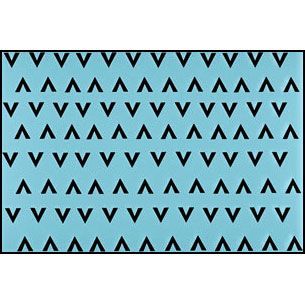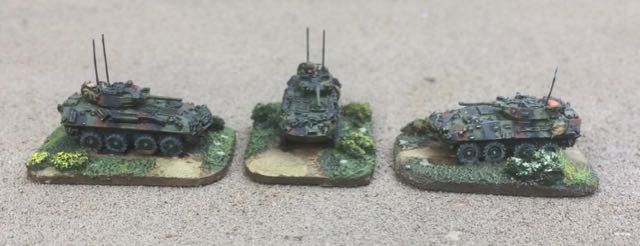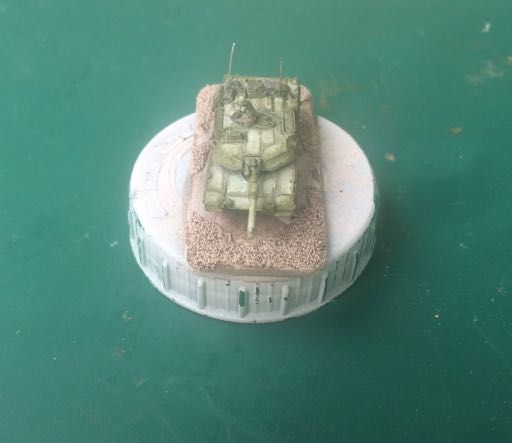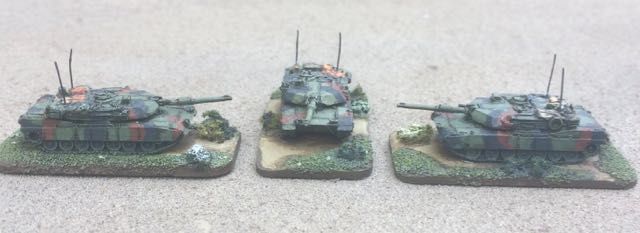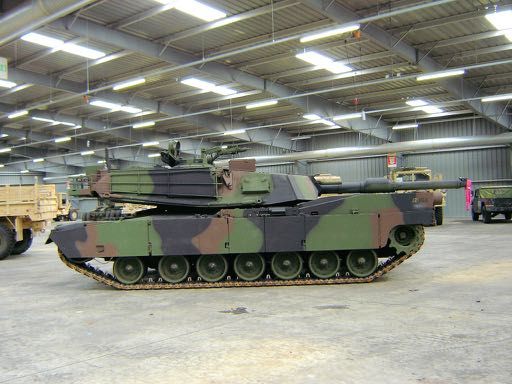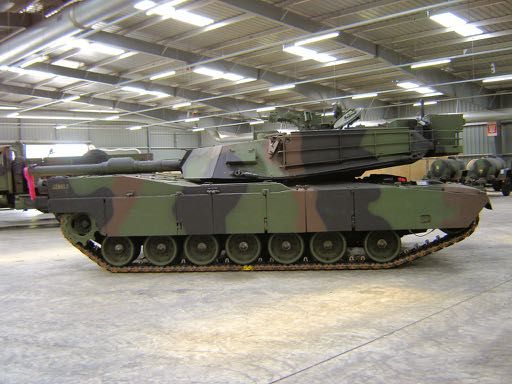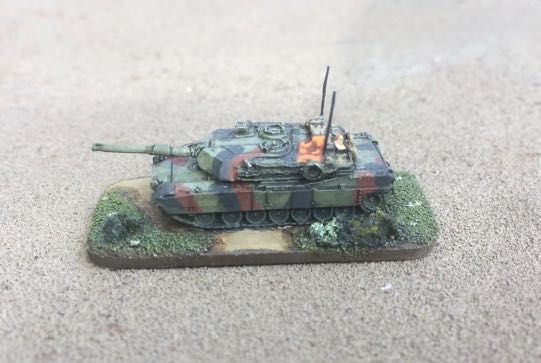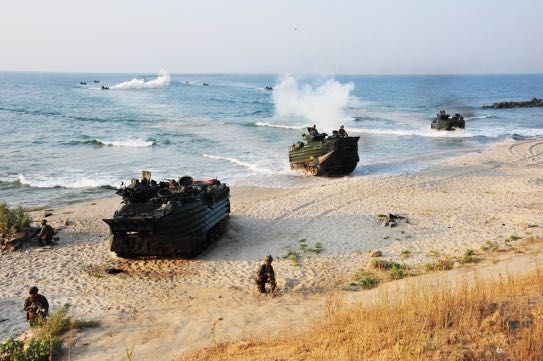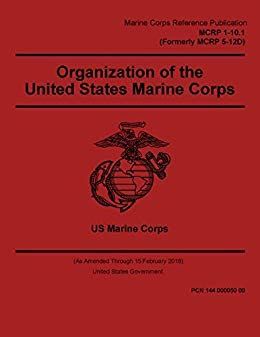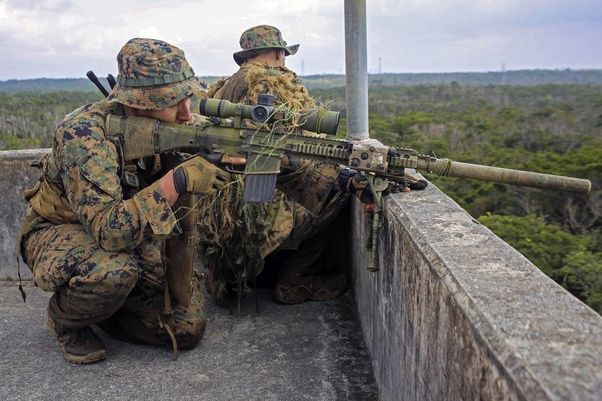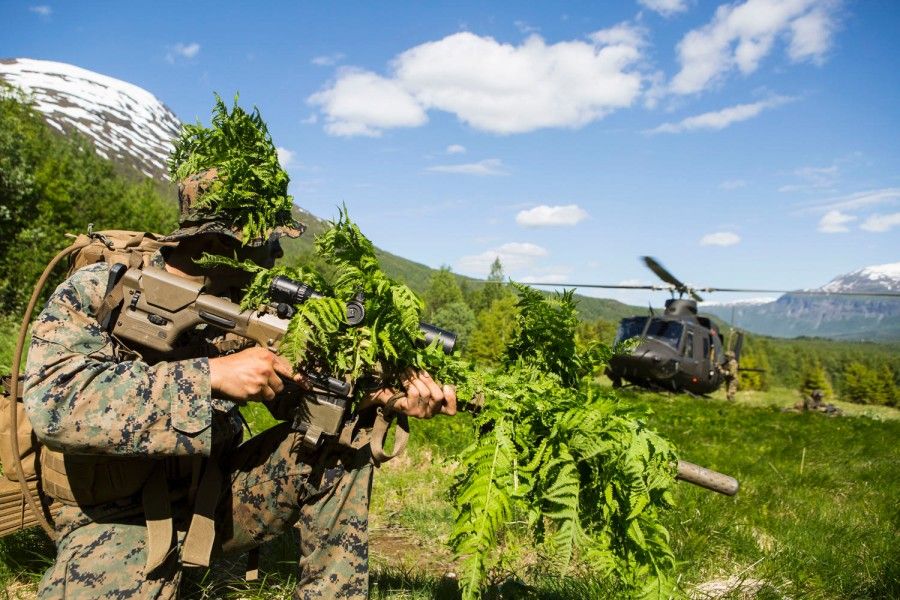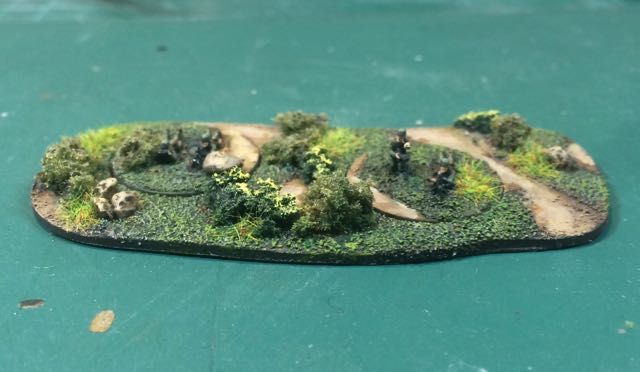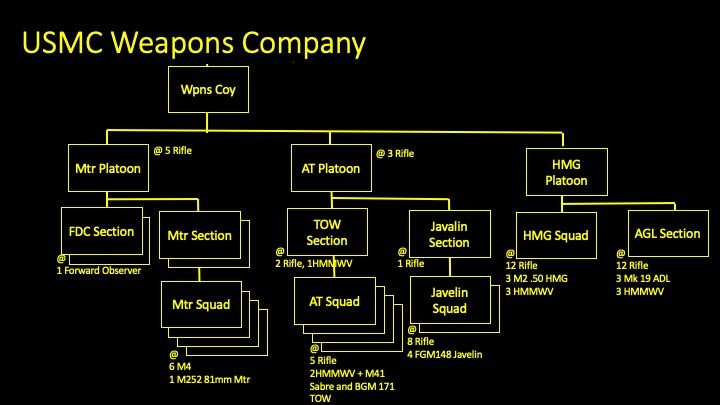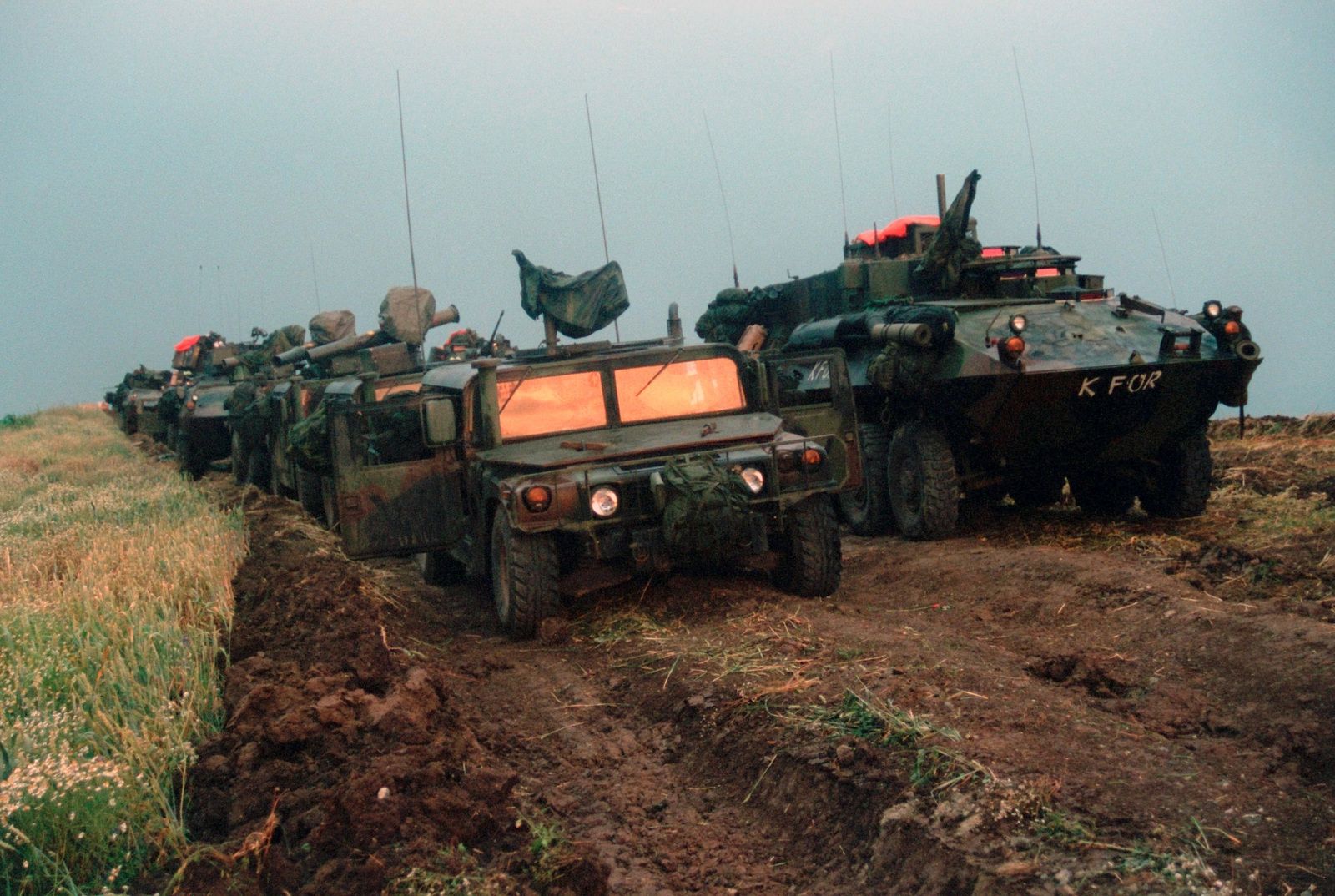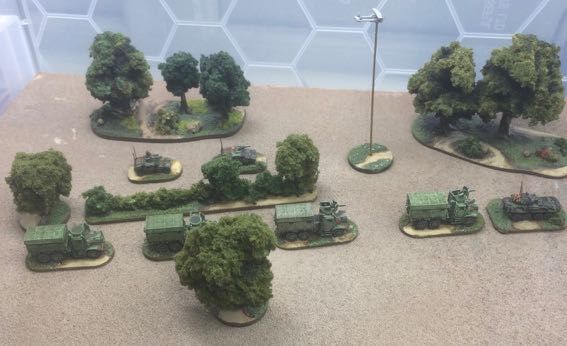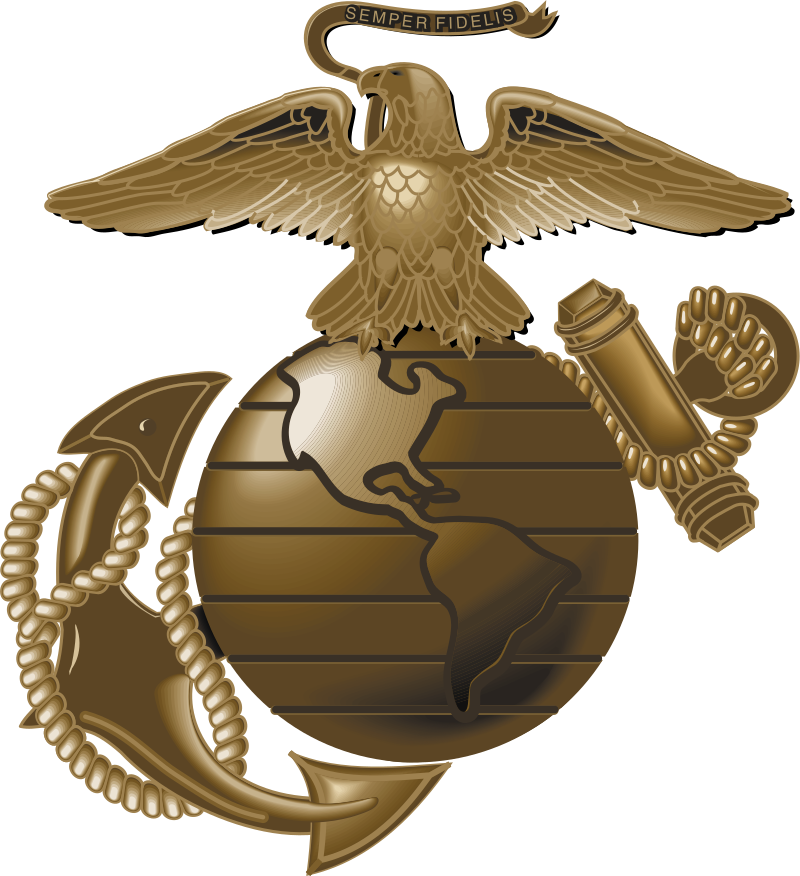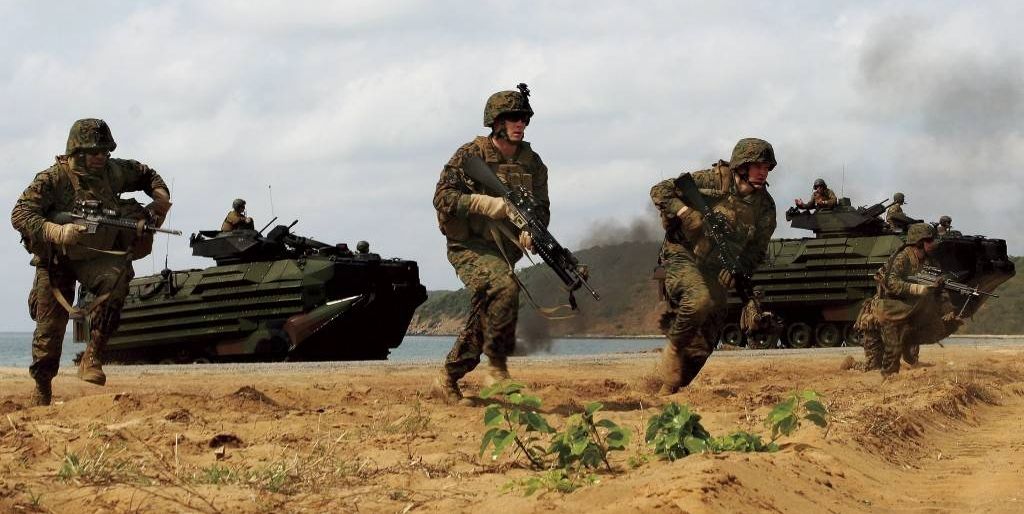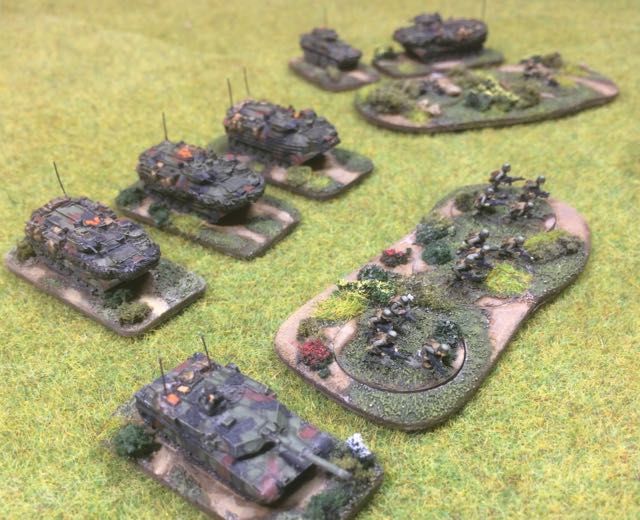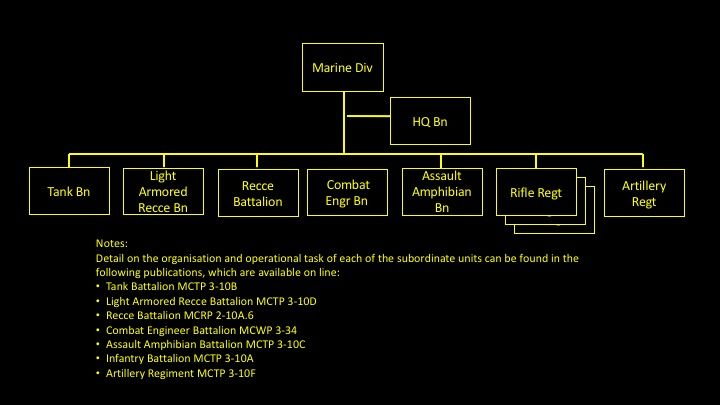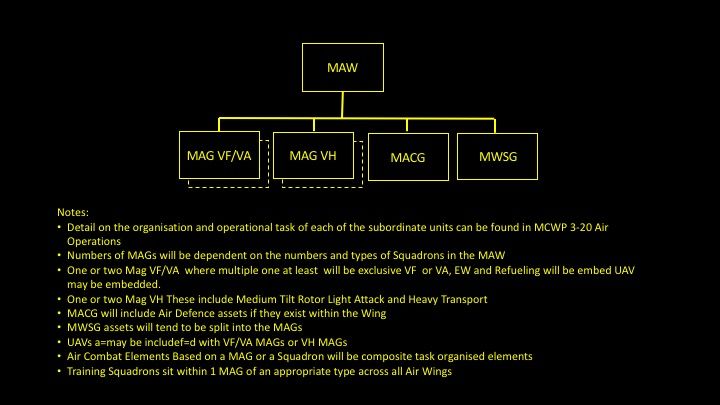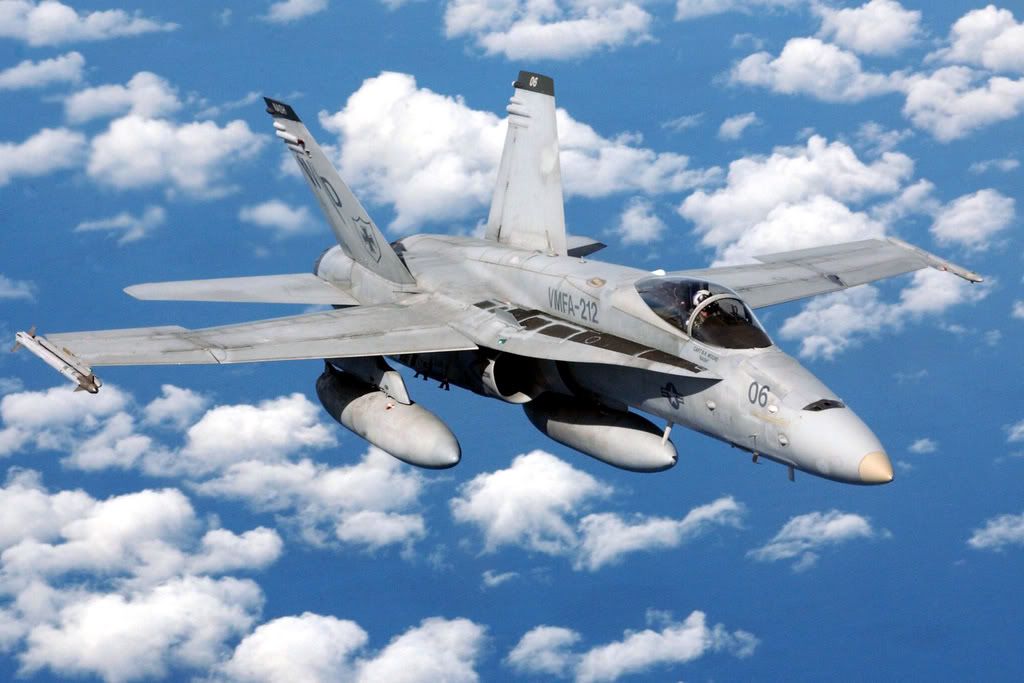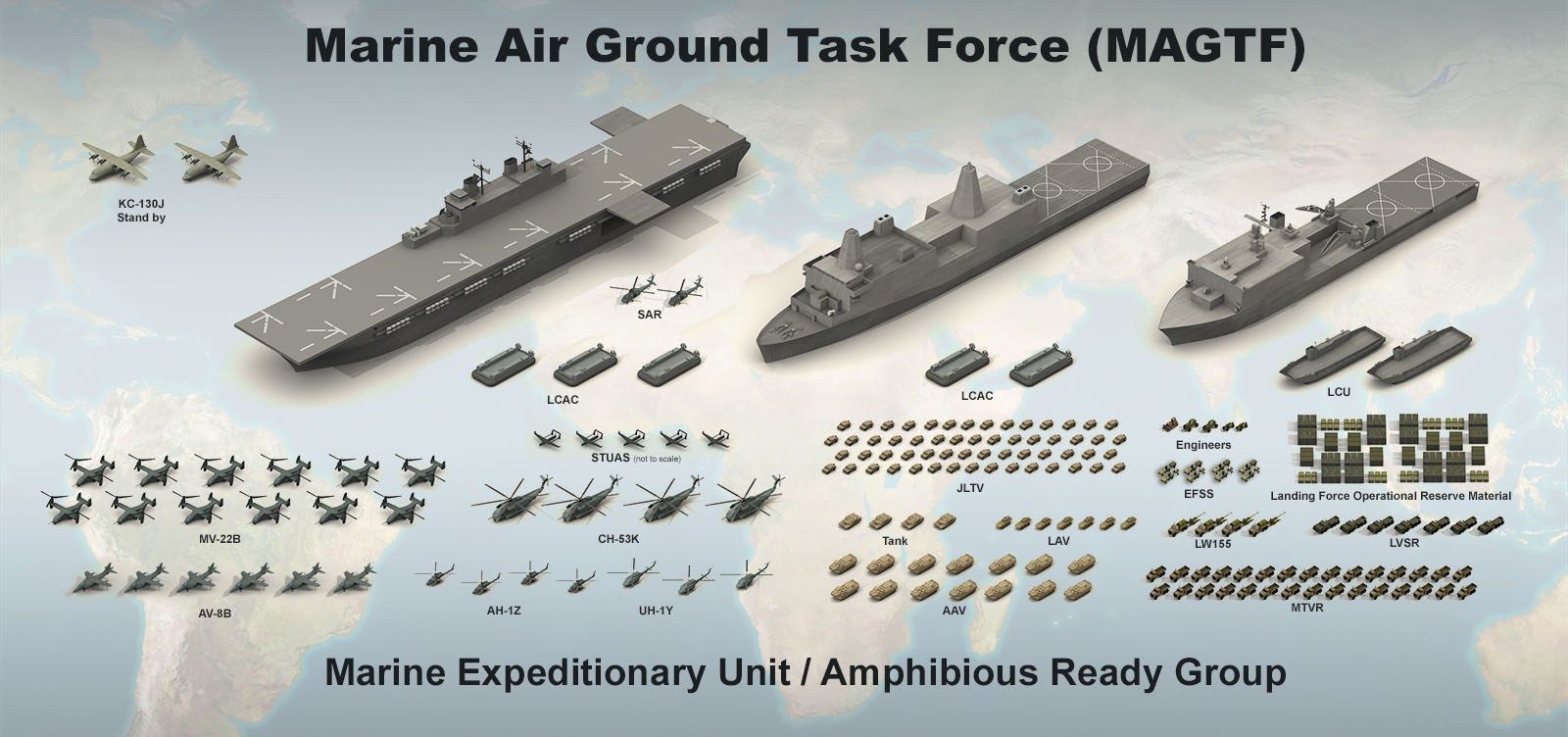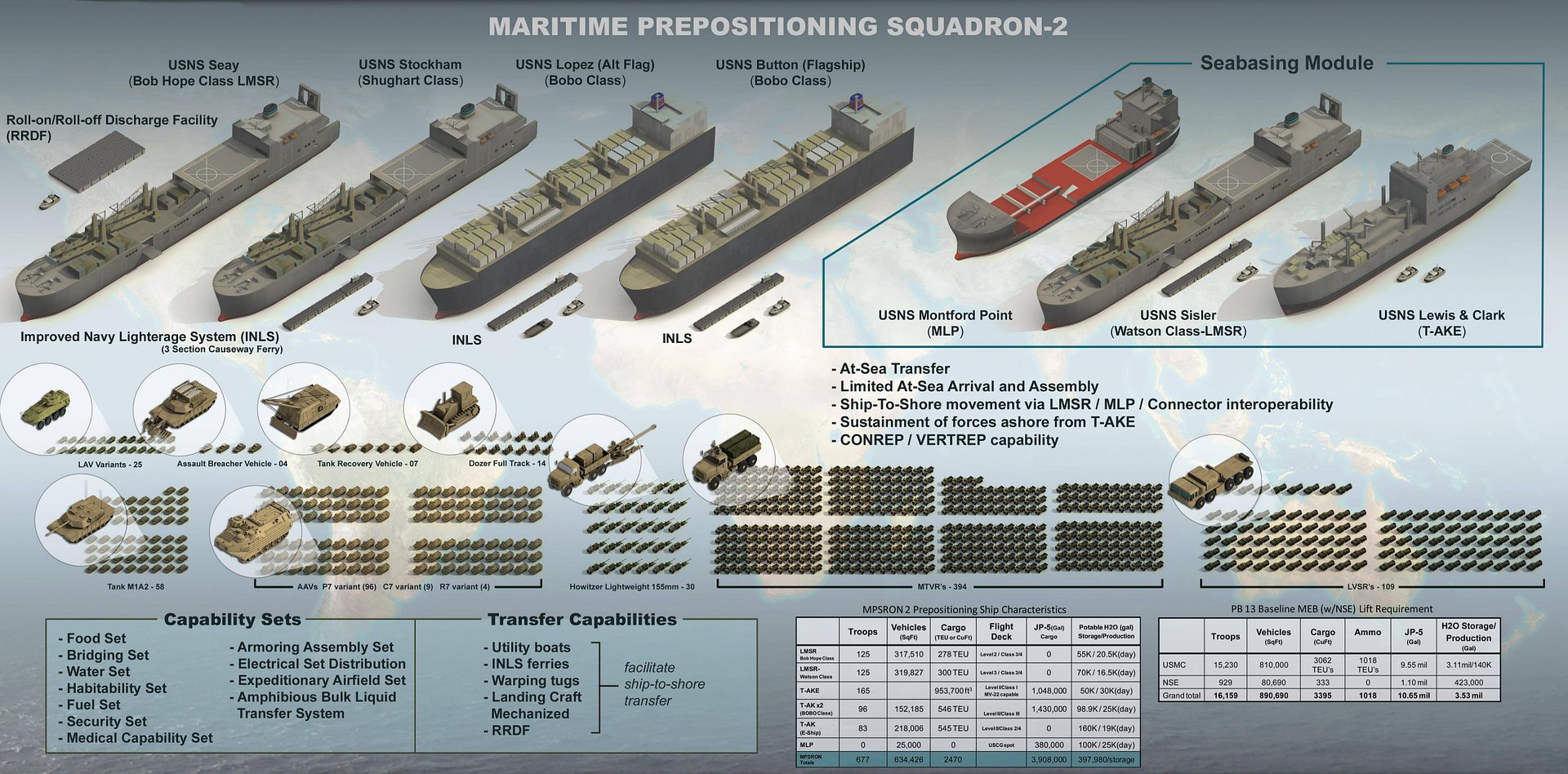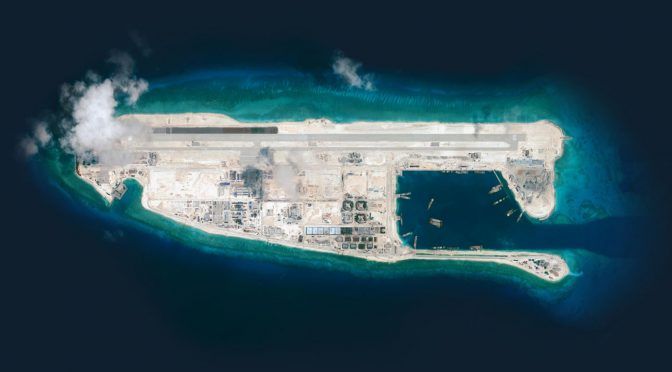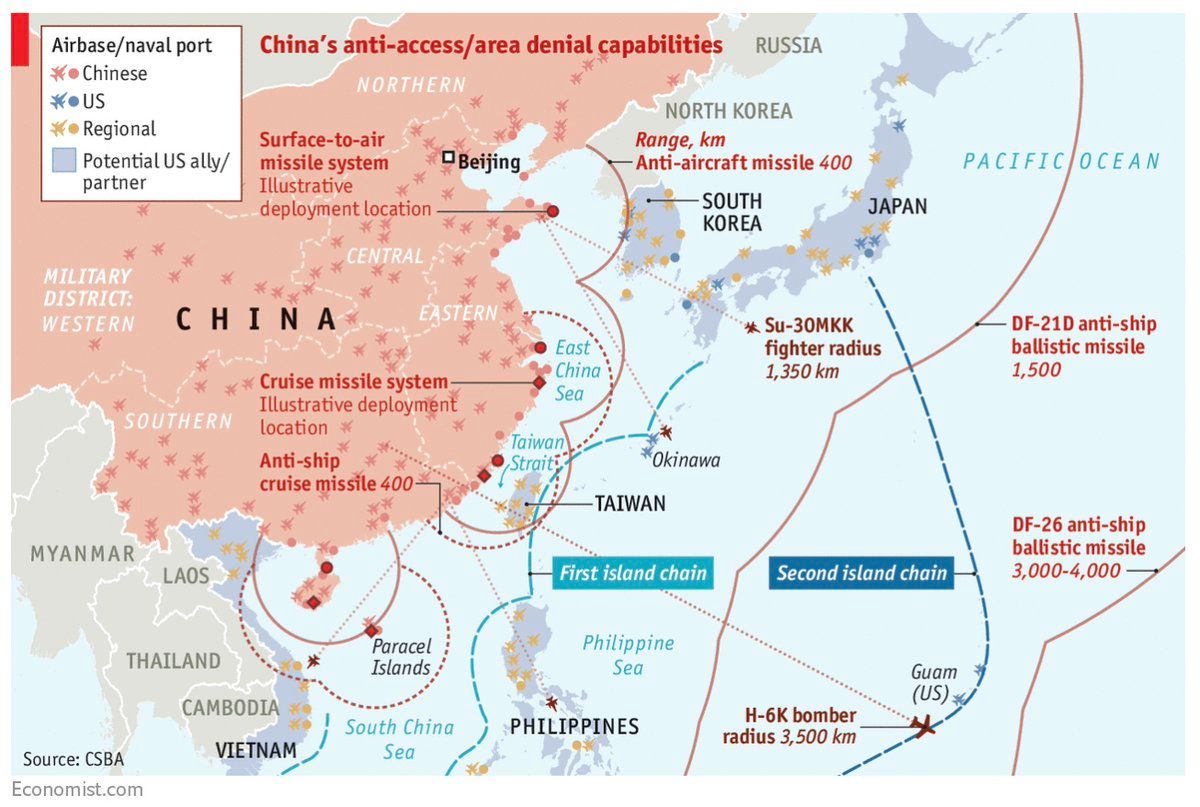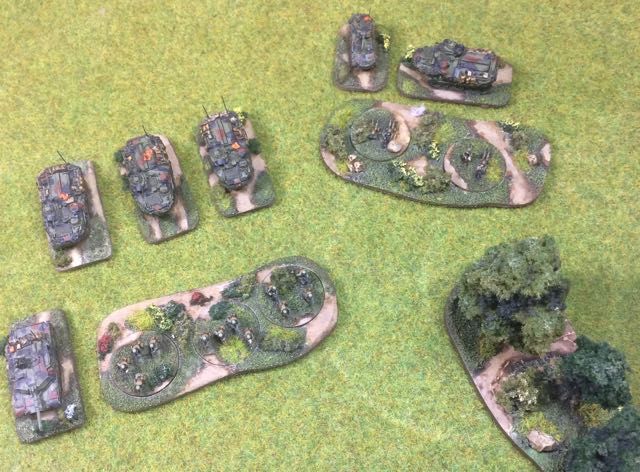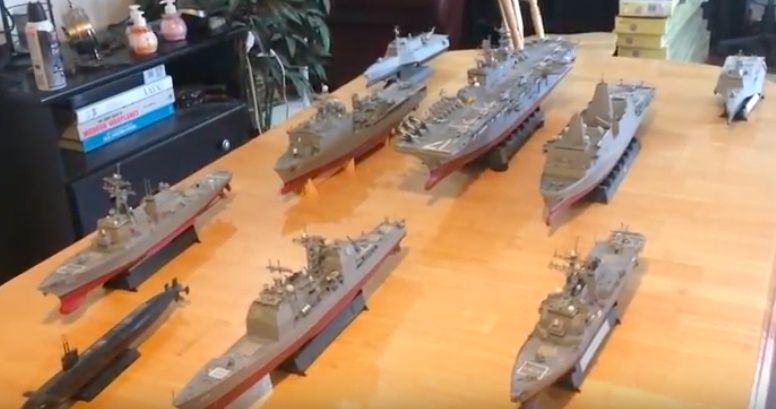This post is part of a series that will examine the constituent components of a Marine Expeditionary Unit how they might evolve in the near future and their representation on the wargames table. The capabilities and organisation of each will be presented in separate posts and the series will conclude with a look at the overall task organisation of the MEU. A MEU is a Marine Air Ground Task Force, the concepts associated with which are covered
here.
The Marine Rifle Battalion forms the core of a Battalion Landing Team which is the Ground Component of a Marine Expeditionary Unit. The Battalion is also a key building block of the Ground Component in a Marine Expeditionary Brigade. As such it is probably an excellent place to start exploring the capabilities of a MEU in detail.
The Organisation of the unit is covered in a number of USMC publications:
MCRP 1-10.1 contains a High Level outline of the organisation with organisational charts that document the structure to section level but does not include detailed composition. Detailed Composition and Organisational patterns for the task organisation of both the rifle companies and weapons company are contained within MCRP 3-10A.2. I have not managed to find useful detail on the H&S company although there is broad information available on the web on the Scout/Sniper platoon. Whilst MCTP 3-10A covers the Infantry Battalion it is significantly out of date and does not appear to be maintained as is MCRP 3-10A.4 the Marine rifle squad.
All USMC Publications can be downloaded for free from the USMCs own website from the
Publications Electronic Library which is worth a browse.
I am currently building my forces for present day to near future operations with a focus on the Pacific. I use the
Cold War Commander rule set with 6mm figures and vehicles. There is an excellent review of the rules
here if you are unfamiliar with them.
These rules can represent units at 1:1 or at a more abstract Platoon level for larger games. I have used a single base and single vehicle for Infantry and tank platoon. For support weapons I have used a group of 3-4 weapons which is generally a section but in some case needs a bit of interpretation as the USMC uses a number of concepts including, squads, sections and teams to describe these groups.
The fighting elements of the unit are contained within the 3 Rifle Companies and the Weapons Company. In addition there is a Headquaters and Supply Company which has some elements that are worth considering.
Headquaters and Supply Company. The Wargames components of this organisation that need representation are:
- Bn HQ
- Scout Sniper Platoon.
- Medical Platoon
The Bn HQ and the Medical platoon are each represented by a single stand. The
Scout/Sniper Platoon is more of a challenge to tie down organisationally. MCRP 5-12D notes that it exists,
MCRP 2-10A.6 Ground Reconnaissance Operations sets out its primary role to provide timely surveillance, tactical data and coordinate supporting arms and close air support whilst providing the Unit with Extended area observation underlining the reconnaissance aspects of the platoon.
A
1999 TOE identifies a small head quarters and 4 4 man scout/sniper teams each capable of deploying 2 Sniper Pairs. The platoon is generally commanded by the assistant intelligence officer and is part of the intelligence section. A variety of insertion methods can be supported, from Rotary wing aircraft to small boats, or wheels. Vehicles are not organic to the platoon but are provided as needed from Battalion MT or Logistic Units. The Platoon can be tasked directly by the battalion or task organised with the companies and other elements of the battalion.
In addition to providing a reconnaissance capability they can act as snipers in both the anti material or anti personnel role using any of the in service sniper rifles:
- M40A5 bolt action rifle being replaced by the Mk 13
- M107 Barrett anti materiel rifle
- Mk 13 Mod 7 Sniper Rifle
For game representation I am treating the sniper capability as a support weapon and will use them as two sections of 4 snipers. I mount Support weapons on two figure bases and I am using two 2 man support weapons bases to represent the platoon and depending on scenario and task organisation will provide them 2 HMMWV for transport.
Marine Rifle Companies. The Battalion has 3 Marine Rifle Companies each organised as outlined below.
The Marine Rifle Company is essentially a light Infantry organisation. It can be task organised with a variety of transport assets provided by other units to enhance both its protection and mobility these include:
- AAVP 7 or ACV 1.2 from the Divisions Assault Amphibious Regiments
- MTVR from the Transport & Support Companies of Combat Logistic Battalions
- Small Boats from Navel CORIVRON units, Ship RHIBs or Marine CRRC
- Rotary Wing inserted by Marine OV-22, CH53 or UH-1Y Venoms
I have represented the rifle platoon using a triple slota base carrying three bases of 4 figures, effectively representing each squad. This offers the flexibility to play at a lower level or use a smaller footprint to represent the platoon in denser terrain such as urban environments where I could reduce to a single 4 man base, and of course they look good.
The weapons platoon can be task organized to the platoons or grouped centrally depending on the mission need. I have represented each section with a single base of 2 figures and have them mounted in double slota bases with the company HQ primarily for ease of movement. A Double slota bases is illustrated below.
Weapons Company. The Weapons Company provides an HQ and 3 Support Weapons Platoons, Mortars, Machine Guns and Anti Tank. Some battalions also include the Scout Sniper Platoon within the weapons company.
The USMC have a number of standard patterns for task organising the Weapons Company outlined in MCRP 3-10A.2 these are:
Combined Anti Armour Platoon. This organisation combines the Anti Tank Platoon and The HMG platoon and creates a CAAT Platoon out of the HMG, AGL and TOW Sections. The Platoon is made up of two Combined Anti Armour Teams. The CAAT organisation is flexible and can be evenly split between anti tank and HMG/AGL sections or biased to one capability or the other creating light and heavy versions of the CAAT Platoon.

Mobile Assault Company. This task organised group converts a Mortar section into 2 HMMWV mounted maneuver squads each with 3 HMMWV. This can then be combined with an HMG/AGL Section and One or More TOW Squads to form a Mobile Assault Platoon. The Company can then be formed as Two Mobile Assault Platoons and a Fire Support Platoon of the remaining Mortar section. This formation may be used when the Battalion needs a 4th maneuver company and is also useful for convoy escort. Whilst vehicle mounted Scout/Sniper platoons are not covered in the Doctrine they would be an interesting addition to this concept.
The Company can also task organise CAAT Teams or AT Squads and HMG/AGL Sections with the rifle companies depending on mission need. The Javelin Squads tend to be task organised with the Companies as a matter of course.
As can be seen the task organisation of the battalion is highly flexible allowing a wide variety of task organised mission groups to be created from the baseline organisation.
For the Wargames representation of the Weapons company I have stuck with the idea that 4 weapons represent a section as such I have represented the platoons as follows
- HMG Platoon with two 2 fig bases and 2 HMMWV,
- AT Platoon
- Javelin section as two 2 fig bases
- TOW section as two TOW Armed HMMWV, I have yet to find a dismounted TOW
- Mortar Platoon as two 2 fig Mortar Bases and a 2 Figure OP Base and 3 HMMWV. (4 HMMWV if MAPs are created)
At this level both the Mobile assault company and the CAAT Platoon can be represented.
Future Developments: I have been looking at the future development programs that impact the battalion and will deliver in the near future as I want to game using near future scenarios. Of these programs it's a case of picking the ones that make an impact at a gaming level the following are of interest:
- New Company and Squad Organisation, Equipment & Weapons. The USMC are working through the restructuring of the Rifle Company and the squad this has yet to settle down in terms of numbers but has clear direction in terms of capability for both the company and the squad and includes:
- Operations and Intelligence Section in Company HQ
- Systems Operators for Robotic Systems at Company and Squad Level,
- New Equipment at Squad level including Quad Copters, Range Finders, Upgraded Night Vision, Ruggedised Tablets
- New personal equipment Body armour and communications
- New Weapon Systems, M27 Rifles, M3 MAAWS, UGLs, Designated Marksman Rifle
- J- ATV. The Introduction of J-ATV to replace a proportion of the HMMWV fleet. The hot question is, which bit? I am playing with a couple of assumptions, the first will be everything in the battalion and the second will be HMG and TOW only.
- Robotics. The restructuring of the Marine Rifle Squad to 15 Men to include a Systems Operator and additional Systems operator roles in the Company HQ point to the increasing importance of Robotics with UAV, Counter UAV and UGV being considered. Of these the UGV will be difficult to represent as concepts are immature. UGV roles include heavy weapons, observation, load carriers, and sentries. The Rheinmetall defence mission master platform below is an interesting example.
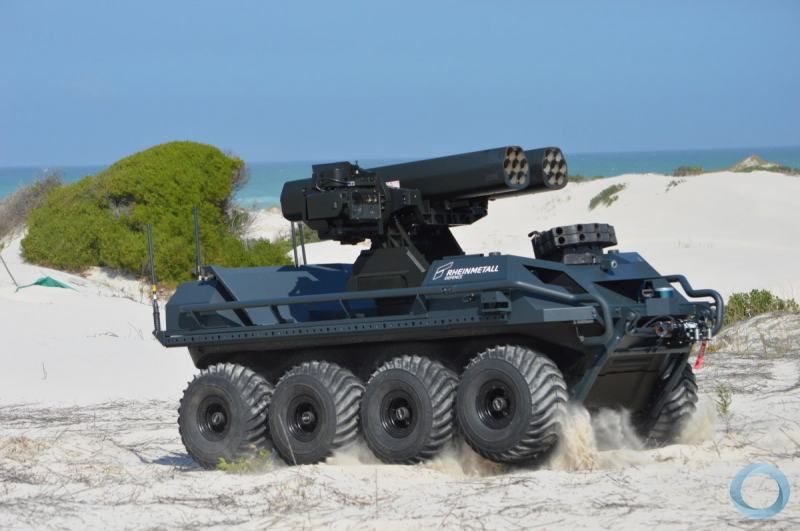
- Anti Armour Restructuring. Phasing out of TOW Sabre and replacement with Javelin. This ones quite easy, the question mark here is how they will employ the Javelin teams mounted with a vehicle mount system or dismounted, I think I will go with the additional teams mounted on J-ATV.
- More Electronic and Networked Functions moving further forward. an example of this is grouping EW Teams with Sniper teams. Whilst the article discussed use with Scout/Sniper Platoons it would also work with Force Recon or the Recon Battalion. Game concepts would need to be developed but this typifies the way that different capabilities might be task organised in the future.
- Representation of Network Centric Capability. Networked Sensors and precision guided munitions have proliferated dramatically in the early part of the 21st Century. The challenge really sits with up-dateing game rules and mechanisms to accommodate the technology. This is fairly critical for the light weight force who will be relying heavily on the effects this can deliver.
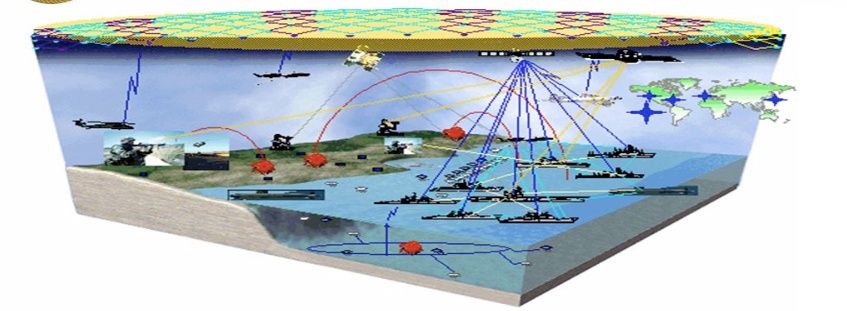
There are a lot more forward looking program efforts and experiments being pursued by the Marines and I will be reviewing more as I examine the other capability areas.
Figures and Vehicles. Everything needed for a USMC battalion is available from the major 6mm manufacturers. I have built this unit from GHQ figures using a mix of their current and cold war infantry packs. The only things that I have yet to find are:
- Dismounted TOW (not a significant issue)
- 60mm Mortar (so my 81mm Mortars and 60mm Mortars all look the same)
- SMAW figure, I am using a chinese infantry man carrying a PF89 on his back
The bulk of the modelling challenges come with pushing the unit into the near future such as creating UGVs and the specifics of TOW mounts on J-ATVs for example but I have yet to get stuck into that.
